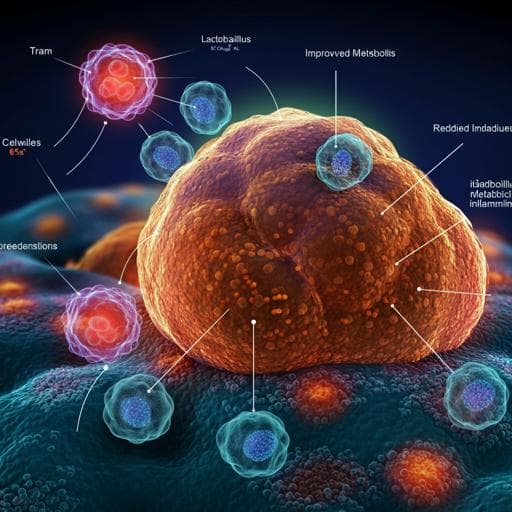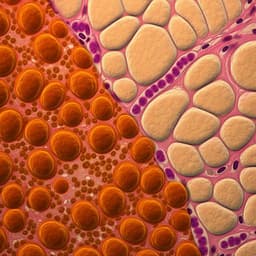
Medicine and Health
Lactobacillus fermentum LM1016 Ameliorates Diet-Induced Obesity by Modulating Bile Acid Signaling and Adipose Tissue Inflammation
Y. Y, K. G, et al.
Discover how Lactobacillus fermentum LM1016 could be the game-changer in combating diet-induced obesity in mice. Researchers Yoon Y, Kim G, Park J-h, Nam M, Jeong M, Fong S, and Park H demonstrated its ability to reduce body weight, improve glucose tolerance, and lower key metabolic markers. This study unveils intriguing mechanisms that could pave the way for innovative weight management strategies.
~3 min • Beginner • English
Related Publications
Explore these studies to deepen your understanding of the subject.







